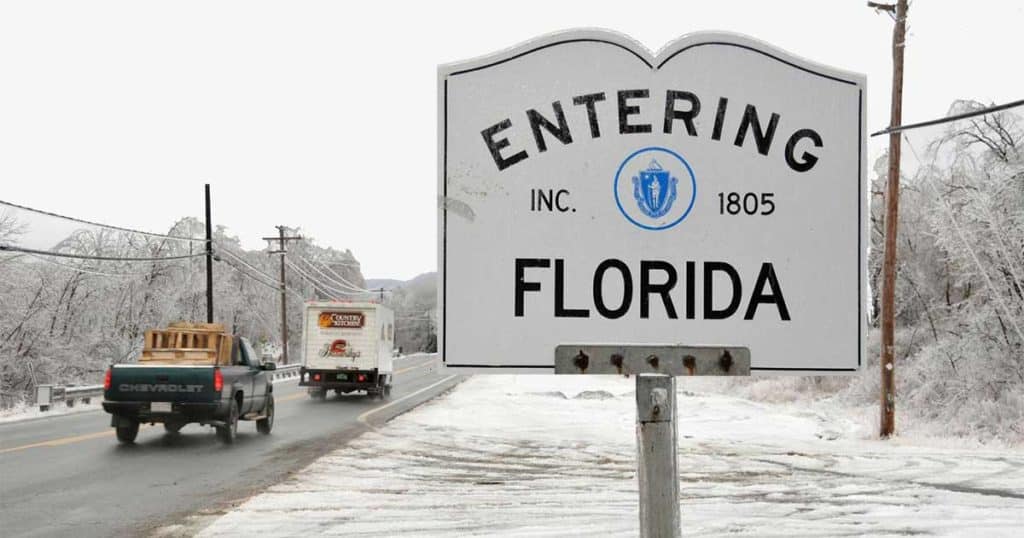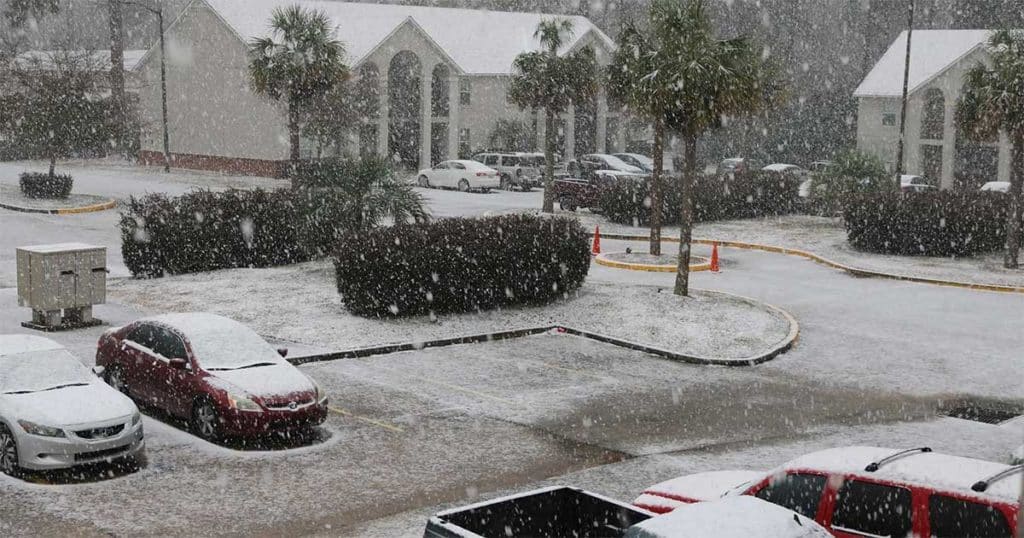You don’t expect to see snow anywhere in Florida, but at least once a decade, we awake to find the ground covered with the stuff. Fortunately, this usually melts as soon as the sun hits it. Still, it underscores the dangers inherent in assuming that all of Florida is perpetually sunny and warm.
A prime example
A few years ago, a group of divers came down from “up north” to dive Blue Grotto and several other area springs. The group leader had gone to great lengths to ensure that his divers had all the information they needed for an enjoyable trip.
Key to this was a multi-page document outlining everything group members needed to know. A full page of this document was devoted to expected air and water temperatures. If you read the document, you’d know that while the water was a constant 72° F year-round, air temperatures could range from a low in the 20s to a high in the 80s.
One group member, unfortunately, decided he didn’t need to read. Instead, he consulted a buddy regarding what type of wetsuit he needed. “A thin shorty is all you need,” the buddy told him.
Clearly, this buddy had no idea what he was talking about. Even in the Keys, wintertime water temperatures can be as low as 70° F. That’s two degrees colder than the Grotto. In winter, a full-length, 5 mm wetsuit is essential no matter where you dive in Florida.
Compounding this was the fact air temperatures never got above 50° F for the entire trip. Needless to say, the fellow who elected not to read was miserable and ended up sitting out most of the dives.
All over the map
We began writing this article at 11:00 am on Friday. At that time, the air temperature was a balmy 72° F, on its way to a predicted high of 80° F. That was the good news. The bad news was that the next morning‘s temperature was forecast for the low 40s and would not rise much above 50° F all day.
This is typical of north-central Florida in winter. Air temperatures can vary widely from day to day and from morning to afternoon. Despite this, you can still have a good time diving the Grotto and neighboring sites as long as you are prepared.
The key to doing so is to be ready for whatever Mother Nature dishes out. This will include:
- Staying warm while in the water.
- Staying warm before you get in the water and after you get out.
If you become chilled before getting in the water, while underwater you will get cold faster, and your dive will be shorter. If you get cold after exiting the water, you won’t feel like making a second dive.
We’ve addressed the steps to follow in two separate blog posts. You will find links to them below. Take the time to read them. Doing so will help ensure you will have a great time, regardless of the weather.
Remember: Not only is the water a perpetual 72° F year-round, but our bathhouse also has warm showers inside and out. And on cold days, we keep a fire going in the fire pit. It’s a popular spot for hanging out.



